Disinfect the Five Germiest Places in Your House

by
BrightNest
(IC: blogger)
WHY DO THIS?
When you think of household germs, you probably picture toilet seats and trash cans, right? Well, it turns out there are as many as 200 times more fecal bacteria on the average cutting board than on your porcelain throne. Yikes! Here are the best disinfecting strategies for five under-the-radar germs areas.
When you think of household germs, you probably picture toilet seats and trash cans, right? Well, it turns out there are as many as 200 times more fecal bacteria on the average cutting board than on your porcelain throne. Yikes! Here are the best disinfecting strategies for five under-the-radar germs areas.
HOW TO:
Enjoyed the project?

Want more details about this and other DIY projects? Check out my blog post!
Published March 10th, 2015 12:35 PM
Comments
Join the conversation
1 comment





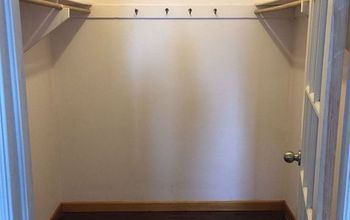



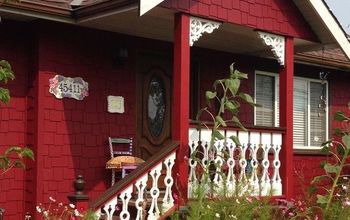


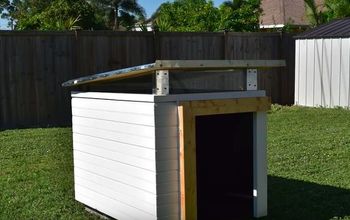
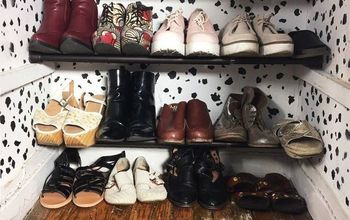
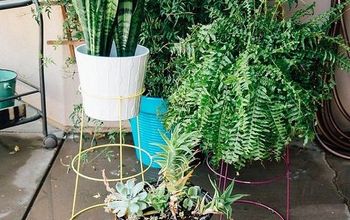


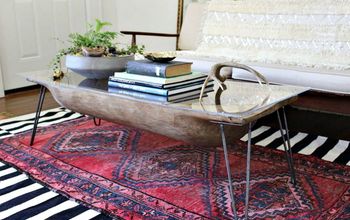


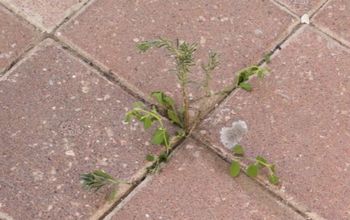



Frequently asked questions
Have a question about this project?